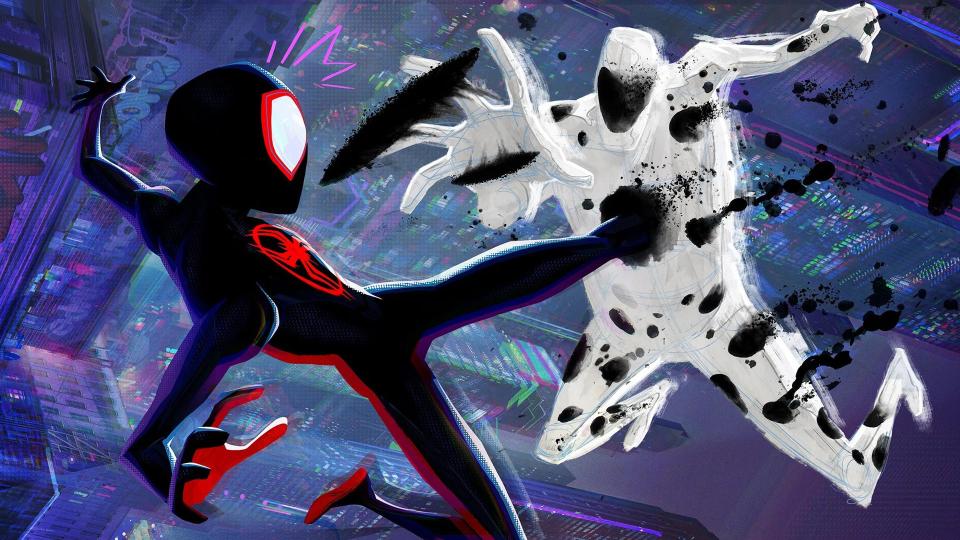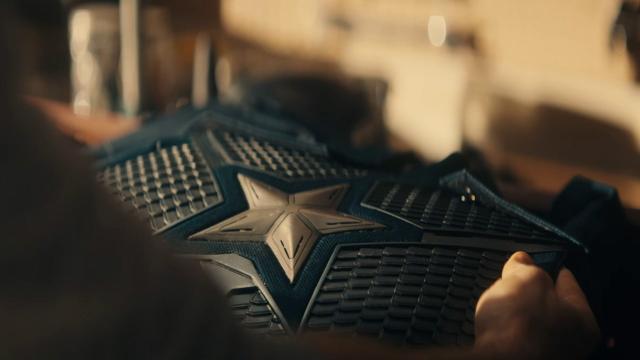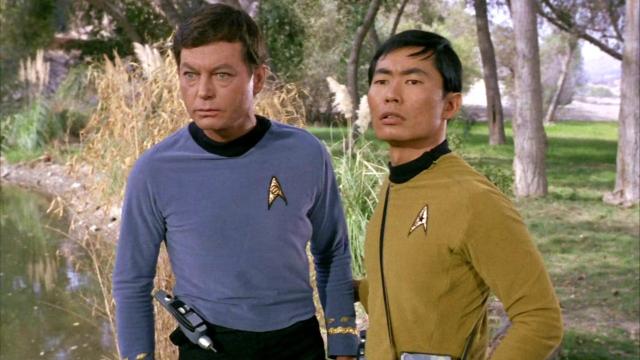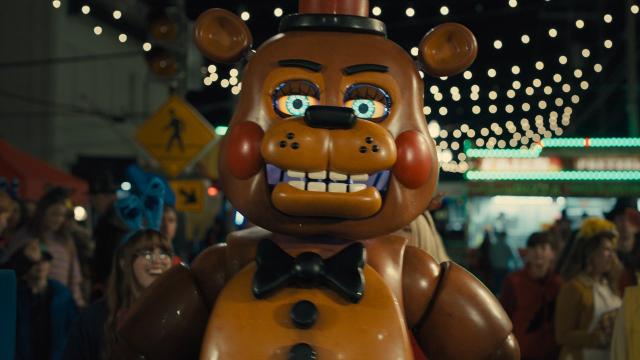The highly anticipated sequel "Spider-Man: Across the Spider-Verse" faced some challenges before its final release. After test audience feedback indicated dissatisfaction with the initial ending, directors Justin K. Thompson, Kemp Powers, and Joaquim Dos Santos were inspired by "Star Wars: The Empire Strikes Back" to add a new ending that would give audiences hope and set up the sequel, "Beyond the Spider-Verse." The original ending had Miles Morales facing off against the Prowler, an alternate universe version of himself, but the revised ending brought together other beloved characters in a move that generated excitement for what's to come. Alongside this revelation, it's been reported that production conditions were quite harsh, with some animators working excessively long hours for extended periods. This last-minute change demonstrates the fluid nature of filmmaking and the importance of audience reception in shaping the final product of major cinematic releases.
What changes were made to the ending of "Spider-Man: Across the Spider-Verse" after test screenings?The ending was changed from a cliffhanger with Miles Morales and the Prowler to a more hopeful scenario where Spider-Gwen gathers a team to save Miles, providing a setup for the next installment in the series and aligning with the more positive, hopeful conclusions seen in films such as "The Empire Strikes Back."
"Spider-Man: Across the Spider-Verse" serves as the sequel to the critically acclaimed "Spider-Man: Into the Spider-Verse," which introduced audiences to multiple versions of Spider-Man across different universes. Following the success of the first film, the sequel was highly anticipated, promising to expand the multiverse and bring together diverse characters. The production's dedication to audience satisfaction is evident in the directors' willingness to reshape the ending, ensuring it met fans' expectations and maintained excitement for the franchise's future.










Comments
I'm glad the directors were open to adjusting the ending of Spider-Man: Across the Spider-Verse based on audience feedback. It shows a commitment to creating a satisfying experience for viewers and sets the stage for an exciting sequel. The dedication to maintaining a positive and hopeful tone aligns with the spirit of the Spider-Verse and gives me high hopes for what's to come.
Whoa, that's some interesting insight into the behind-the-scenes tweaks for Spider-Man: Across the Spider-Verse. It's cool seeing the directors draw inspiration from The Empire Strikes Back to craft a more hopeful and exciting ending, keeping fans hyped for the upcoming sequel. The dedication to delivering a satisfying experience for audiences really shows the filmmakers' commitment to their craft.
Man, it's always fascinating to learn about the behind-the-scenes dynamics of film production, especially when it involves beloved franchises like Spider-Verse. It's cool to see how the directors took feedback and reshaped the ending to set up the next chapter, giving us that Empire Strikes Back vibe. Can't wait to see how it all unfolds